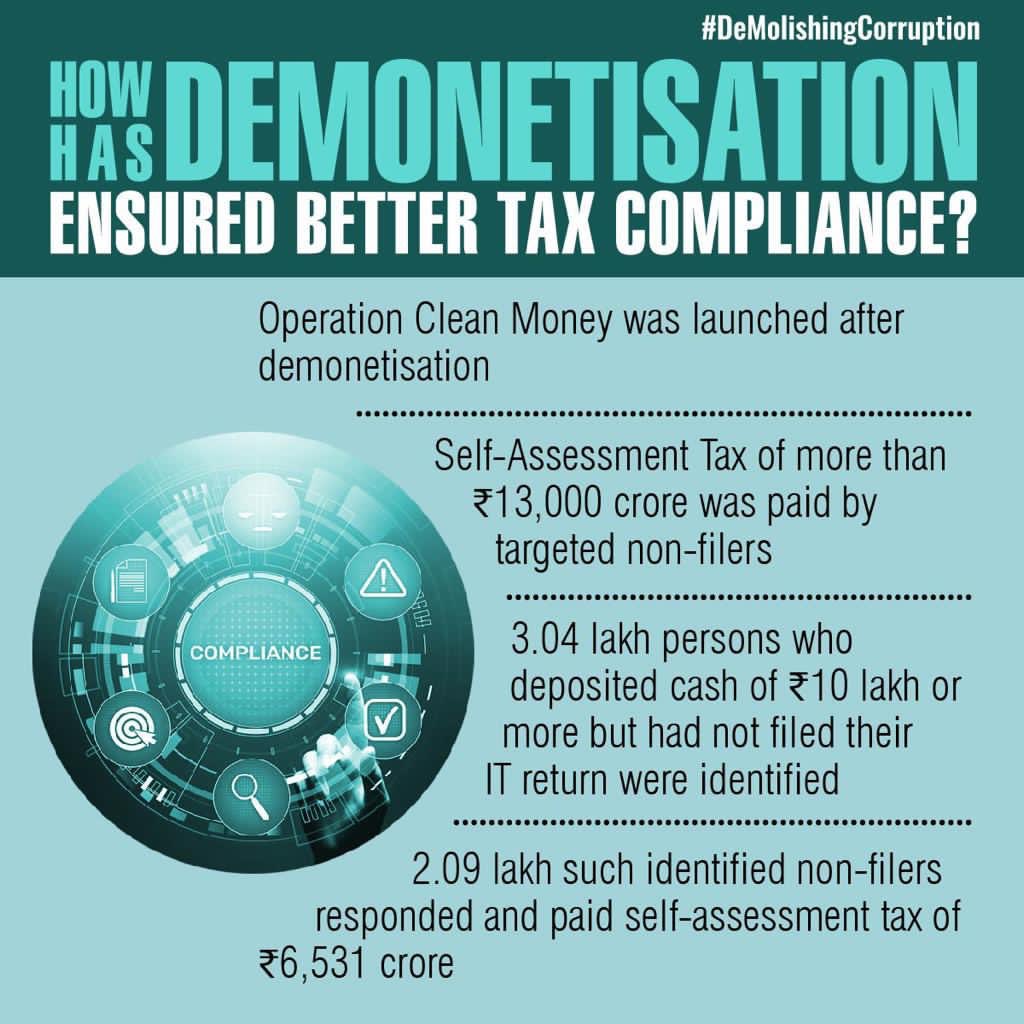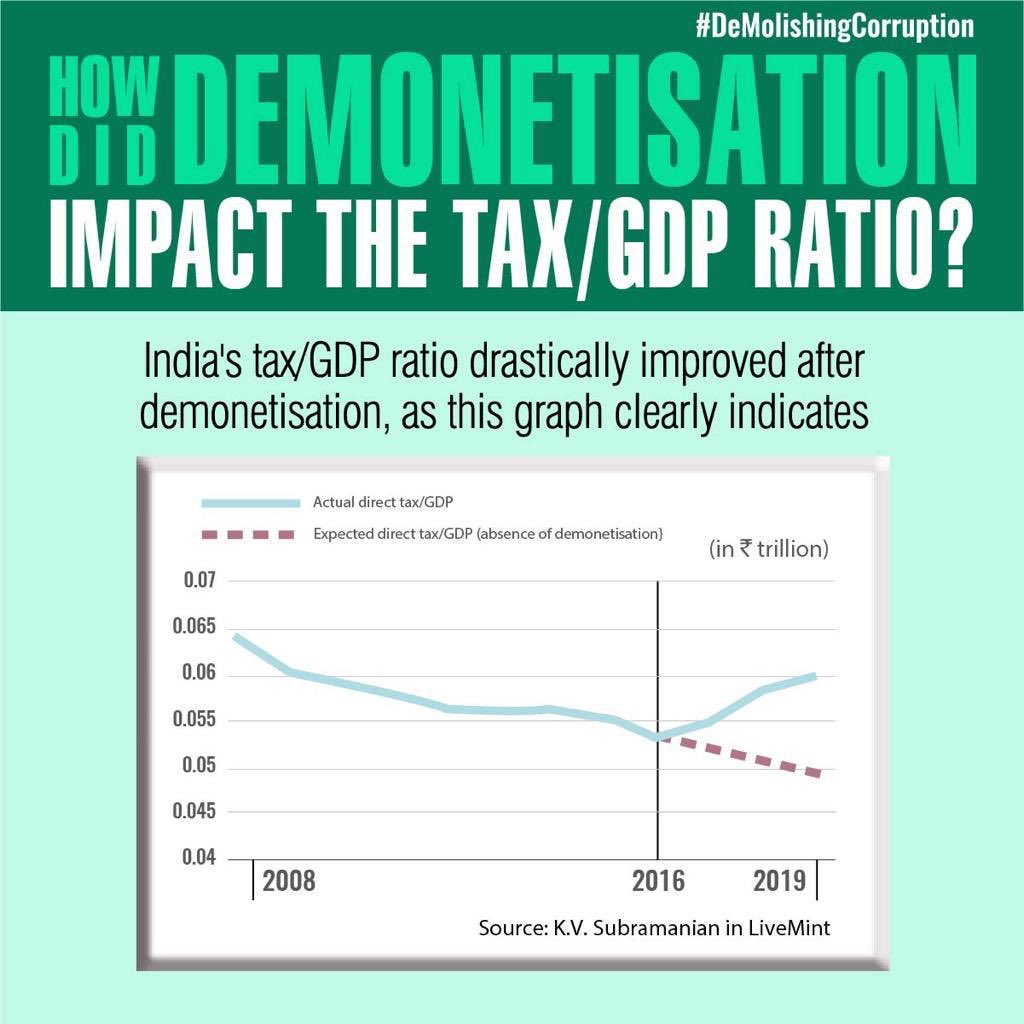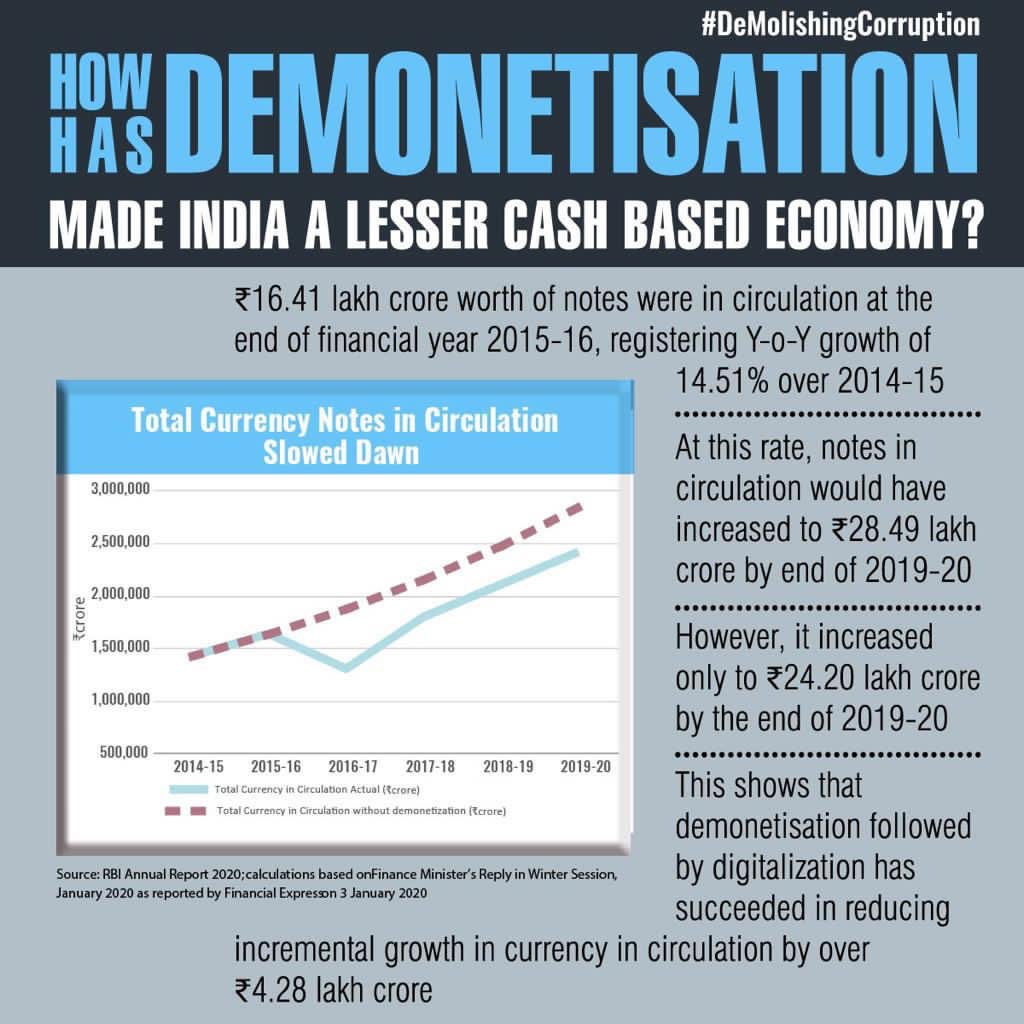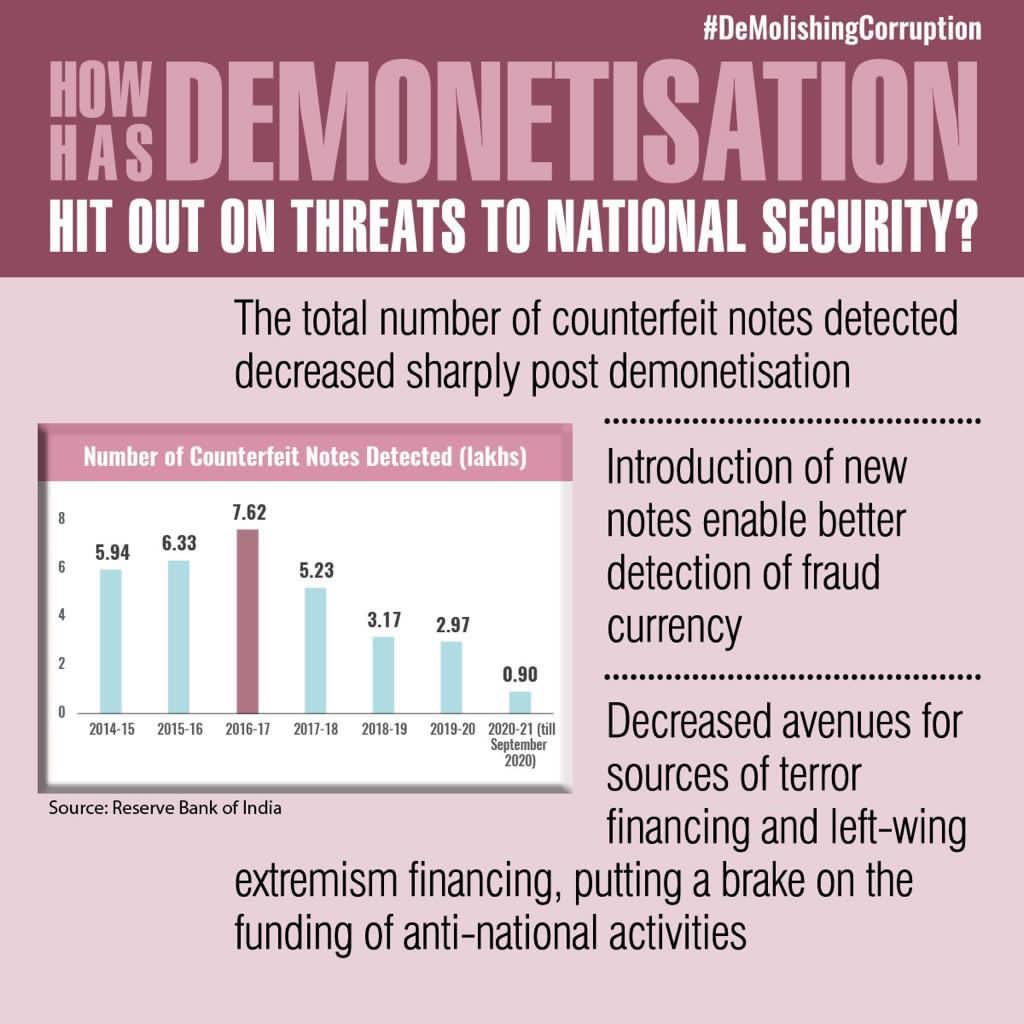Daily Current Affairs for UPSC CSE
- Special Marriages Act
- Electoral College
- Glacial Lake Outburst
- Outcome of Demonetisation
- Facts for Prelims
1 . Special Marriages Act
Context : The Special Marriage Act, 1954 (SMA) was enacted to facilitate the marriage of couples professing different faiths and preferring a civil wedding. However, some practical problems arise in registering such marriages due to law’s features on prior public notice being given and objections being called from any quarter place a question mark on the safety and privacy of those intending to marry across religions.
What are the features of the SMA?
- The marriage of any two persons may be solemnised under the SMA, subject to the man having completed 21 years of age and the woman 18. Neither should have a spouse living; both should be capable of giving valid consent, should not suffer from any mental disorder of a kind that renders them unfit for marriage and procreation.
- They should not be within the degrees of prohibited relationship — that is, they should not be related in such a way that their religion does not permit such marriages.
- Parties to an intended marriage should give notice to the ‘marriage officer’ of the district in which one of them had resided for at least 30 days.
- The notice will have to be entered in a ‘Marriage Notice Book’ and a copy of it displayed at a conspicuous place in the office.
- The Notice Book is open for inspection at all reasonable times without a fee. Further, if either of the parties is not a permanent resident of the district, the marriage officer has to send a copy to his counterpart in the district where the party has permanent residence.
- The notice shall be displayed in that district office too. The marriage has to be solemnised within three months of the notice, and if it is not, a fresh notice will be needed.
- The law also provides for objections to the marriage. Any person can object to the marriage within 30 days of the publication of the notice on the ground that it contravenes one of the conditions for a valid marriage. The marriage officer has to inquire into the objection and give a decision within 30 days. If he refuses permission for the marriage, an appeal can be made to the district court. The court’s decision will be final.
- Also, the Act says that when a member of an undivided familywho professes Hindu, Buddhist, Sikh or Jaina religions, gets married under SMA, it results in his or her “severance” from the family.
What are the hurdles faced by couples?
- The provisions relating to notice, publication and objection have rendered it difficult for many people intending to solemnise inter-faith marriages.
- Publicity in the local registration office may mean that family members objecting to the union may seek to stop it by coercion. In many cases, there may be a threat to the lives of the applicants. There have been reports of right-wing groups opposed to inter-faith marriages keeping a watch on the notice boards of marriage offices and taking down the details of the parties so that they can be dissuaded or coerced into abandoning the idea.
What are the other options for registration of inter-faith marriages?
- Many opt for inter-faith marriages through the relevant law of the faith of one of the parties. This will involve one of them converting to the religion professed by the other. While conversion to Islam and Christianity has formal means, there is no prescribed ceremony for conversion to Hinduism.
- The Hindu Marriage Act is also applicable to “any person who is a convert or re-convert to the Hindu, Buddhist, Jaina or Sikh religion”.
- In a recent ruling, the Allahabad High Court declined to grant police protection to a couple, of whom the bride was a Muslim who converted to Hinduism, citing past precedents that said conversion should be based on change of heart and conviction and should not be solely for the purpose of marriage.
- Based on a Kerala High Court recommendation, the Law Commission of India had recommended in 2010 that every person who has converted may be allowed to send a declaration within a month to the officer who registers marriages in the area, and it may be confirmed in person after 21 days. However, this recommendation was not made applicable to States that have a Freedom of Religion Act (which are essentially anti-conversion laws).
Are there laws against conversion for the sake of marriage?
- The Himachal Pradesh Freedom of Religion Act, 2019, and the Uttarakhand Freedom of Religion Act, 2018, both prohibit conversion by misrepresentation, force, fraud, undue influence, inducement, allurement and ‘by marriage’.
- There is a separate section in both laws under which, not conversion for the purpose of marriage, but marriage done solely for the purpose of conversion, may be declared null and void by a family court based on a suit by either party.
- The U.P. State Law Commission has recommended a similar Freedom of Religion law in the State and favours a provision under which marriages solemnised solely for conversion of one of the parties may be nullified by a family court.
2 . Electoral College
Context : The 2020 U.S. presidential election has been one of the most bitterly polarised democratic exercises in recent memory. The winner, Democrat and former Vice-President Joe Biden, has won over 74 million votes, and his rival, incumbent Republican president Donald Trump, has garnered over 70 million votes. The fact that this election has seen one of the highest turnout numbers since 1960 suggests that voters and both campaigns pushed hard to get their chosen candidate elected. But despite the presence of both a ‘blue wave’ and a ‘red wave’, the final outcome came down to the wire, and hinged on narrow vote margins in a handful of ‘swing States’. These circumstances have fuelled anger over the lack of direct representation in the electoral system and has raised questions surrounding the viability of the institution, the ‘Electoral College’, that renders the popular vote insufficient to determine the victor.
How does the Electoral College work?
- The Electoral College refers to the process by which the winner of the popular vote in each State is allocated a pre-specified number of electoral delegates, or electors, per U.S. State, and these electors go on to decide who the President of the country will be.
- The electors of each State are appointed by the Democratic and Republican Parties (and third parties, where applicable) of the State.
- The college follows a winner-takes-all rule for the popular vote, giving the first candidate past the post all of the electors of that State. For example, if more than 50% of the voters in North Carolina vote for the Republican Party, then all the electors allocated to that State will be Republican.
- Each State has the same number of electors as it does members in its Congressional delegation, namely one for each member in the House of Representatives and two Senators. Across the U.S., there are 538 electors.
- To win the presidency, a candidate would be required to secure at least 270 votes in the Electoral College.
Are there any exceptions and caveats to this system?
- The minor exceptions to this system are Maine and Nebraska, which appoint individual electors based on the winner of the popular vote for each Congressional district and then two electors based on the winner of the overall State-wide popular vote. Although it is rare for either State to have a split vote, that occurred in Nebraska in 2008 and in Maine in 2016.
- Once the votes are in, the electors are required to meet on the first Monday after the second Wednesday of December to cast ballots for the President and the Vice-President. In 2020, that will be on December 14.
- A caveat in the Electoral College system that might end up being salient to the 2020 election is that while an overwhelming majority of electors cast their vote for the President based on their prior party affiliation, there have been occasions in the past, howsoever rare, when the electors have surprised the college by picking another candidate than the one they were pledged to choose. These electors are known as “faithless electors”. Had Mr. Biden not won a significant number of Electoral College votes, a few such faithless electors might have endangered his prospects of entering the Oval Office.
Why is there frustration over the Electoral College today?
- At the broadest level, there are two reasons why the Electoral College, as a mechanism for representing the will of the people, might be considered suboptimal.
- Firstly, under this system, surprisingly few voters truly matter in an election. The reason is that except for a handful of ‘swing States’, which have the potential to flip from one party to the other, all the others have historically only voted for the same party, and are likely to do so this time too.
- The swing States of the 2020 election included Arizona, Florida, Georgia, Iowa, Michigan, Minnesota, Nevada, New Hampshire, North Carolina, Ohio, Pennsylvania, Texas, and Wisconsin. Even with a historically high turnout this year, not all voters in these States would likely be independent or undecided voters, capable of switching votes from one candidate to another. This puts, according to some analyses, the proportion of voters actually determining the outcome of the U.S. presidential election well below 10% of the total population.
- If the Electoral College were done away with, and the popular vote at the precinct or county level became the criterion for victory in a presidential election, this would considerably expand the extent to which the preferences of the voting population were truly represented in the choice of political leaders.
- Second, the Electoral College also comes packaged with complex and potentially self-defeating contingency proceedings in unusual election circumstances, some of which have occurred in the 2020 election. Consider this: If Mr. Biden had not obtained an undisputed majority of Electoral College votes, a ‘contingent election’ might have had to be held under the 12th Amendment of the U.S. Constitution.
- Under this system, the election of the President would have become the responsibility of the House of Representatives, with each State delegation casting one vote for its preferred candidate. This would also happen in a scenario where legal cases filed by the Trump campaign delay the confirmation of the final result. Given that red States outnumber blue States in this election, such a process might have led to Mr. Trump, rather than Mr. Biden, being confirmed by Congress as President.
- However, according to the Congressional record, only two presidential elections have been decided in the House, in 1800 and 1824 respectively.
How did the Electoral College come into being and why has it not been replaced by direct representation?
- Some among the framers of the U.S. Constitution were of the view that Congress ought to elect the President, while some preferred that the power rest with State legislators or Governors. It was James Wilson of Pennsylvania, one of the founding fathers of the U.S., who suggested the Electoral College system as a compromise, wherein “electors would serve as informed intermediaries between the masses and their government and have independence to break from the popular vote in their States when they deemed that necessary”.
- Ironically, another founding father of the country, Alexander Hamilton, endorsed the system in 1788 on the grounds that it guaranteed that U.S. Presidents would be “characters preeminent for ability and virtue” and not merely adept at “the little arts of popularity”.
- Congressional proposals to pass a constitutional amendment to abolish the Electoral College in favour of a direct, popular election, were put forth in 1969, and again a decade later, but the measures never reached the required two-thirds majority. Efforts by Democratic Senators to revive this discussion in 2019 have not advanced either.
- Resistance to such change comes not only from swing States, which receive outsized focus from presidential candidates during election campaigns, but also from smaller States with relatively minuscule populations, who fear loss of voice in the federal government system, should the Electoral College be abolished.
3 . Glacial Lake Outburst
Context : In August 2014, a glacial lake outburst flood hit the village of Gya in Ladakh, destroying houses, fields and bridges. Using remote sensing data, researchers from Germany have mapped the evolution of Gya glacial lake and note the cause of the flood. In a paper recently published in Natural Hazards, the team notes that this case study “illustrates the problem of potentially hazardous lakes being overlooked.”
About glacial lake outburst flood (GLOF)
- A glacial lake outburst flood (GLOF) is a type of outburst flood that occurs when the dam containing a glacial lake fails.
- An event similar to a GLOF, where a body of water contained by a glacier melts or overflows the glacier, is called a Jökulhlaup.
- The dam can consist of glacier ice or a terminal moraine. Failure can happen due to erosion, a buildup of water pressure, an avalanche of rock or heavy snow, an earthquake or cryoseism, volcanic eruptions under the ice, or massive displacement of water in a glacial lake when a large portion of an adjacent glacier collapses into it
Key Findings of the research
- The findings revealed the the cause of the flood was not a spillover but rather a tunnelling drainage process. For example iagine a bucket full of water. It can overflow when you drop a stone, or the water can drain if there is a hole under the bucket.
- Similarly, here the flooding did not happen due to the spillovers due to an avalanche or landslide, rather there was a thawing of the ice cores in the moraine [a field of dirt and rocks that have been pushed along by the glacier as it moves] which drained through the subsurface tunnels
Importance
- Such thawing of ice cores may accelerate in the future due to global climate change, and there is an urgent need to use multiple methods for better risk assessment and early warning.
- “It is almost certain that other glacial lake outburst floods will happen all over the Indian Himalaya. However, not all of these events have catastrophic outcomes.
4 . Outcomes of Demonetisation




5 . Facts for Prelims
Challenges in Vaccine Distribution
- Logistics and Infrastructure : Biggest challenge comes in the form of keeping the vaccines at ultralow temperatures during distribution. Most of the COVID-19 vaccines, the RNA vaccines in particular, that are in the advanced stage of Phase-3 trials require –70 degrees C to –80 degree C cold-chain. The Ebola vaccine, too, requires the same kind of cold storage. “This kind of storage was difficult to establish in West Africa, but was managed on the scale needed for Ebola — which is in the hundred thousand doses range.
- Vaccinating People : The next biggest challenge might be in vaccinating people with two doses four weeks apart during the pandemic. Most of the vaccines at advanced stages of Phase-3 trial use two doses of the vaccine to achieve best results.
US President
- Democratic candidate Joseph Robinette Biden Jr., was elected the 46th President of the United States on November 7, beating incumbent U.S. President Donald Trump, by securing more than the required 270 of 538 Electoral College votes needed to win the White House.
- Mr. Biden’s running mate, Kamala Devi Harris, a U.S. Senator from California, will become the first woman and first Indian- and African-American Vice-President of the country.
Myopia
- Myopia occurs when the eyeball becomes longer, relative to the focusing power of the cornea and the lens; this leads to focus not on the surface of the retina, but at a point before it. This leads you to find it difficult to focus distant objects clearly, though you can see close-up objects such as while reading and using the computer use (allaboutvision.com). In the year 2000, about 25% of the world’s population was near-sighted or myopic, but it is expected to increase to above 50% by 2050 (30 years from now).
- Myopia or shortsightedness is turning out to be an epidemic across India, and indeed even more in Southeast Asia. It occurs because of the potential role of myopic genes and also local environmental conditions such as the prolonged ‘near work’ and/or less sunlight exposure, and not because of any infection due to harmful germs. It will not become a worldwide pandemic, as COVID-19 has. Yet, drastic changes in lifestyle (becoming more indoor-centric) and the timing and levels of sunlight we receive, it is time to take measures to counteract myopia, which may well become a global pandemic.
Lady of Bietikow
- “Lady of Bietikow is the name given by German researchers who are piecing together the life of a prehistoric woman who died more than 5,000 years ago in the Neolithic period, after her skeleton was found when excavating for wind turbines.
- The skeleton had been buried in a settlement in a squatting position, one of the oldest known forms of burial
Currency with Public
- As per the RBI definition, currency with public is arrived at after deducting cash with banks from total currency in circulation.
- Currency in circulation refers to cash or currency within a country that is physically used to conduct transactions between consumers and businesses.